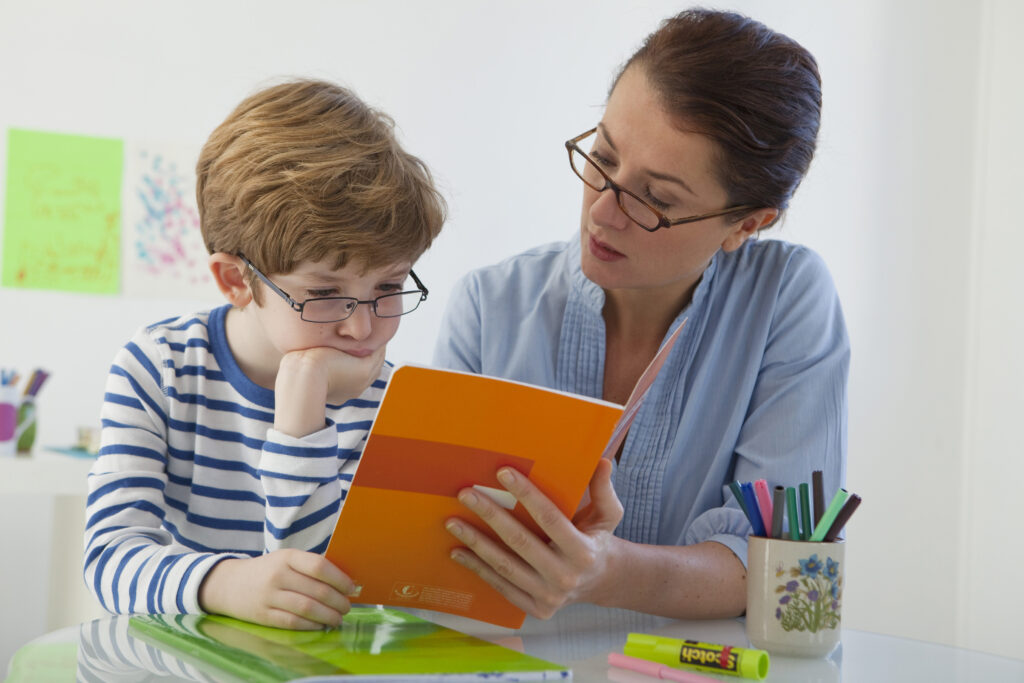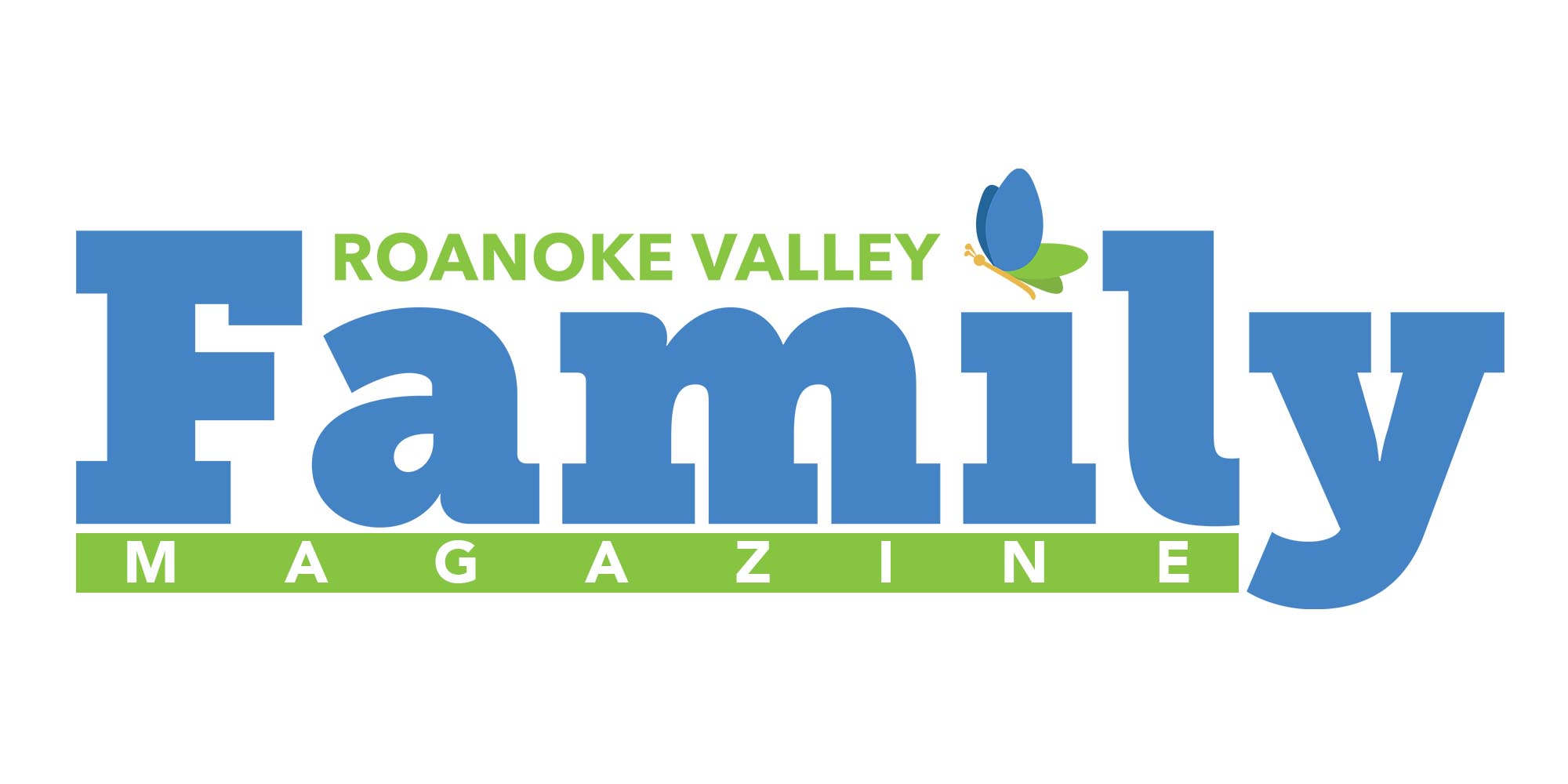The 5-Minute Answer: What is Augmentative and Alternative Communication (AAC)?

By Marissa Siegel, Owner and Speech-Language Pathologist at Rising Star Speech and Language Services
You may have seen someone write a note to communicate their order at a coffee shop. Or maybe you’ve seen someone use a device that speaks for them according to the buttons they press. These are examples of augmentative and alternative communication, or AAC. Both children and adults who experience severe speech or language difficulties may benefit from the use of AAC.
If there’s one thing that’s truly human that we all share, it’s the need for connection and communication. It is a basic human desire. Without a way to communicate, people are left frustrated and unable to get their wants and needs met or convey their questions and ideas. Sometimes, people who have difficulty communicating can be successful with alternative ways to convey their message.
What is AAC?
According to the American Speech-Language-Hearing Association (ASHA), “AAC includes all of the ways we share our ideas and feelings without talking. We all use forms of AAC every day. You use AAC when you use your facial expressions or gestures instead of talking. You use AAC when you write a note and pass it to a friend or coworker. We may not realize how often we communicate without talking.”
There are different types of AAC such as unaided or aided systems. Unaided systems don’t require anything except your own body to communicate. An example would be using body language and facial expressions. Aided systems require the use of a tool or device such as an ipad with an AAC app or pen and paper. There are even systems that can use a person’s eye gaze and translate it into words.
When and Where is AAC used?
All the time and everywhere! People who use AAC as their communication system use it around the clock. It is their voice. Could you imagine being without your voice at certain times of the day? Sturdy cases and attachments to mobility devices such as wheelchairs make AAC more accessible for people on the go. There is even a new trend of providing AAC boards at playgrounds to make playtime more accessible for children.
A Speech-Language Pathologist’s Role
A speech-language pathologist (SLP) can be a helpful team member for a person seeking AAC and learning how to use it. An SLP can evaluate how well someone understands and expresses themselves and if they could benefit from the use of AAC. They could also help to find the best AAC system for a person. There are many different systems and devices, chosen based on what a person’s unique strengths and needs are.
Future Technology
This technology may sound like something that only impacts individuals who use AAC systems, but there are also other ways the technology is used. For example, the same technology that is used for eye gaze AAC devices is being used to develop the latest in human-computer interaction and virtual reality. It has also become useful in science and research. Often, technology developed to increase access to the world for a person with a disability is also helpful to other populations as well.
If you want to know more about AAC, visit the AAC Institute. Learn more about eye tracking for virtual reality.
More from Marissa Siegel
- The 5-Minute Answer: What is Augmentative and Alternative Communication (AAC)?

- How to Choose Books to Support your Toddler’s Speech and Language Development

- The 5-Minute Answer: What is the Americans with Disabilities Act and How Does it Impact You?

- How to Not Fry Your Voice as a Teacher

- What is Stuttering?

- A Speech Therapist’s Top 5 Tips for Successful Teletherapy

- Having Fun at Home with Communication Part III: Friends and Family On-line!
- Having Fun at Home With Communication – Part 2: In the Kitchen





